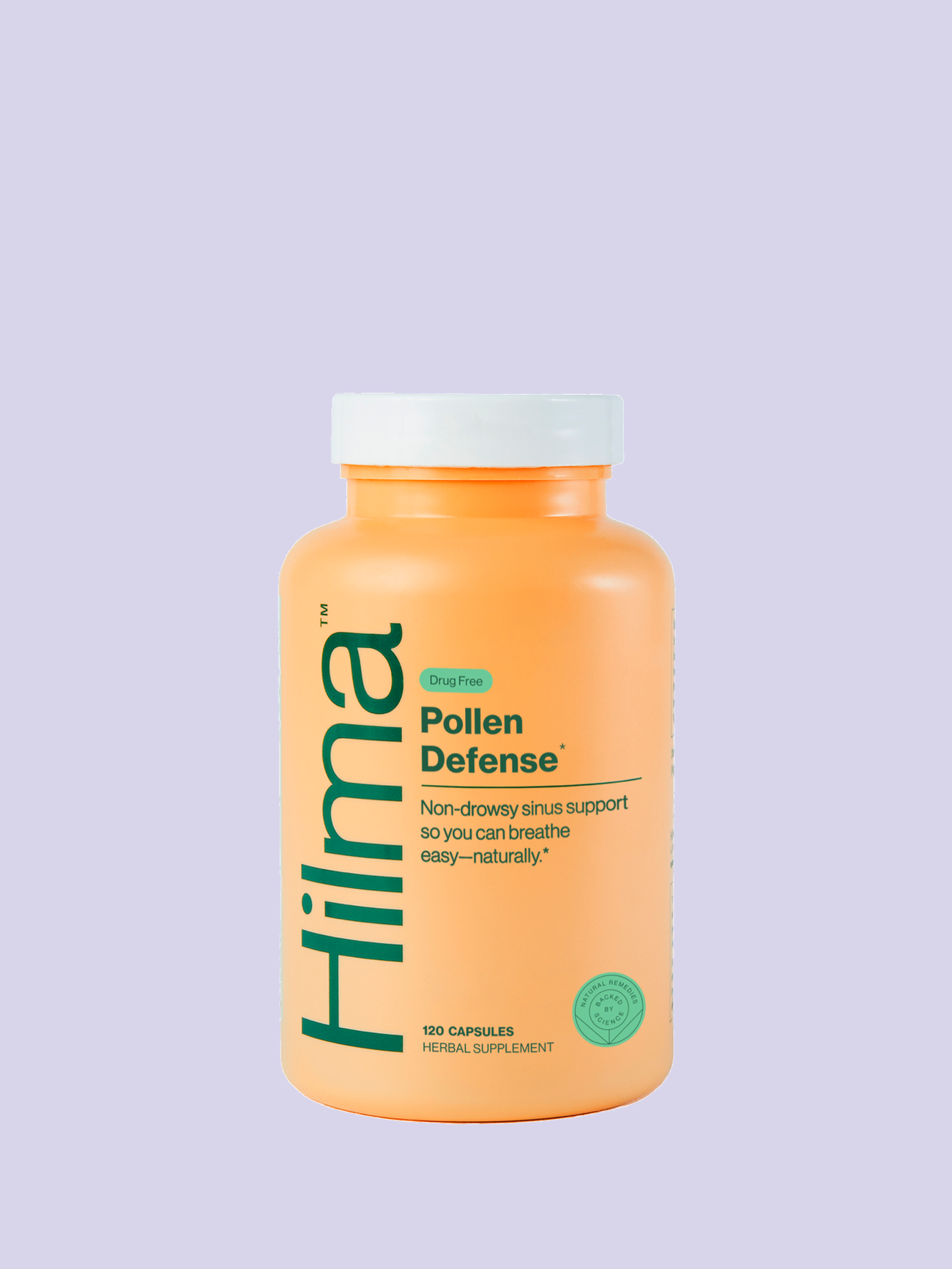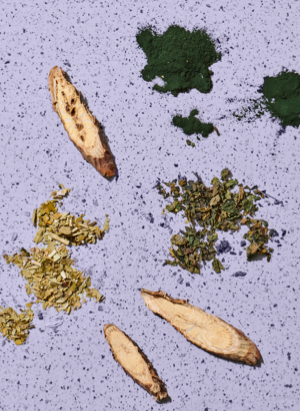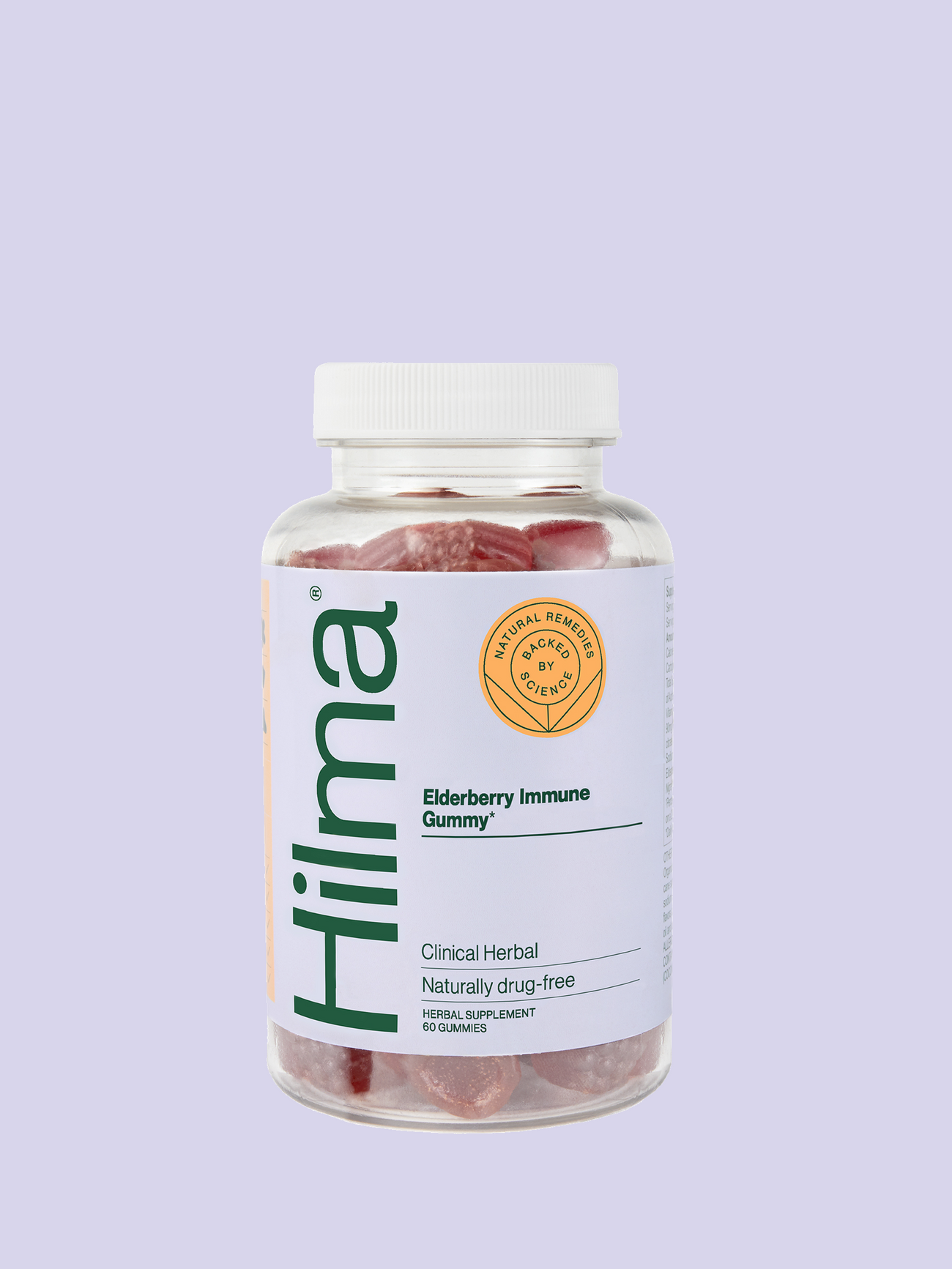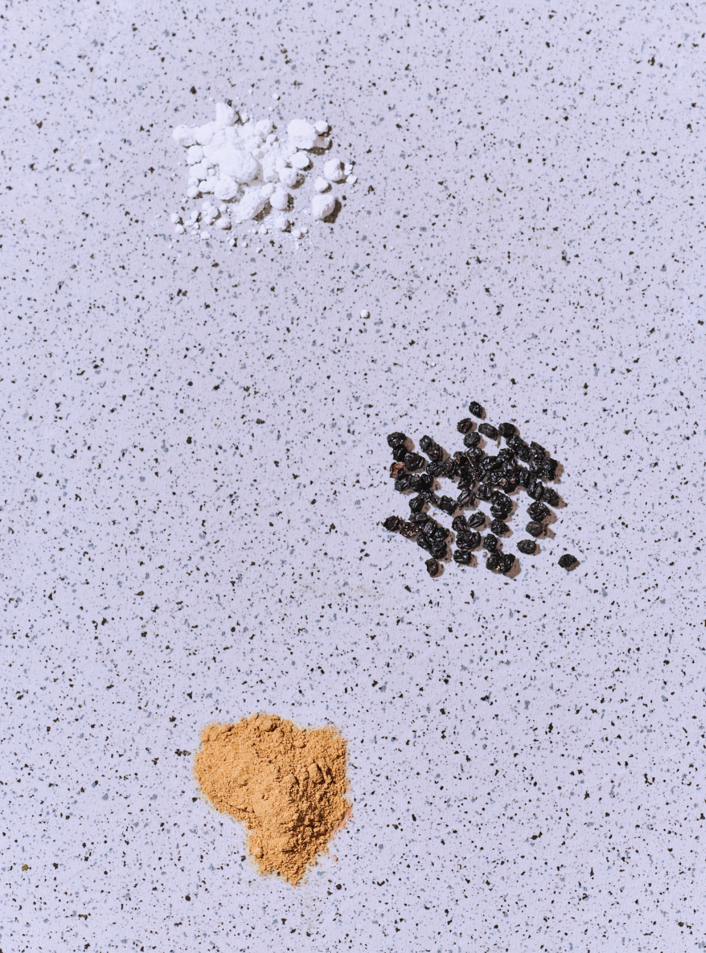
Autumn looks beautiful: leaves turning, sweaters coming out, pumpkin-spice everything. For roughly 20% of people with seasonal allergic rhinitis (hay fever), fall delivers something less charming — a wave of sneezing, itchy eyes, congestion and fatigue. While spring’s troublemakers are mostly tree pollens, fall’s biggest offender is ragweed and other late-season weeds and grasses. This guide explains the common sources of fall allergies, why fall seasons are getting longer and more intense, how to manage symptoms, and which U.S. cities tend to be the hardest hit.
What causes fall allergies?
Ragweed (and other weed pollens). Ragweed is the classic fall allergen. A single ragweed plant can produce billions of tiny pollen grains that travel for miles on the wind; those grains are perfectly shaped to trigger immune reactions in sensitized people. Ragweed season typically begins in late summer and peaks through September and October in many parts of the U.S. — which is why people who tolerated late summer might suddenly feel miserable once fall hits.
Molds. Outdoor mold spores thrive on damp leaf litter and decaying plant matter. When leaves fall, they create an ideal habitat for mold growth, and windy autumn days send spores airborne. Indoor molds — from damp basements, leaky roofs, or humidifiers — can also worsen symptoms, especially as people spend more time indoors.
Late-season grasses and weeds. Some grass species and other broadleaf weeds release pollen into the air later in the growing cycle. While ragweed is usually the largest single culprit, local flora determine what’s most important in any given city or neighborhood.
Indoor triggers that amplify symptoms. As homes close up for the cooler weather, indoor allergens (dust mites, pet dander, indoor molds) concentrate and can compound pollen-driven symptoms. Poor indoor air circulation and increased time spent indoors make it easier for symptoms to persist.
Why fall allergies can feel worse than they used to
Two large, overlapping trends make fall allergy seasons tougher:
-
Climate change and longer pollen seasons. Warmer temperatures and longer frost-free periods let plants grow and produce pollen for more days each year. Studies and analyses have found ragweed seasons lengthening in multiple locations over recent decades, and urban “heat islands” can amplify plant growth and pollen release. In short: pollen seasons now start earlier, end later, and sometimes produce higher peak counts.
-
Land use and storms. Urban expansion, irrigation, and changes in land management can increase ragweed and weed presence in formerly low-pollen areas. Severe weather (storms and hurricanes) can increase moisture that boosts weed and fungal growth in affected regions, occasionally producing unexpectedly bad local seasons.
The worst U.S. cities for fall allergies (what the data shows)

Symptoms: how to spot fall allergy vs. a cold
Fall allergies often mimic viral respiratory infections, but there are telltale differences:
-
Typical allergy symptoms: itchy, watery eyes; frequent sneezing; clear, watery nasal discharge; nasal congestion; itchy nose and throat; seasonal timing and recurrence year to year.
-
Typical cold/viral symptoms: sore throat, body aches, fever (sometimes), thicker or discolored mucus, short duration (usually 7–10 days).
Allergies tend to continue as long as the trigger is present (weeks to months during pollen season), don’t usually cause fever, and respond to antihistamines or nasal steroids. If symptoms last beyond a couple of weeks, or breathing is difficult, see a medical provider.
How to manage and care for fall allergies (practical, evidence-based steps)
1. Track pollen counts and time your outdoor activities. Pollen counts are generally highest in the morning and on dry, windy days. On high-pollen days, reduce time spent outdoors, and delay outdoor exercise until evening when levels often fall. Local weather apps and specialized pollen-tracking sites can give daily forecasts.
2. Shower and change clothes after being outside. Pollen sticks to hair, skin, and clothing; a quick change and shower after being outdoors can cut indoor pollen load.
3. Keep windows closed and use A/C with clean filters. Run your air conditioner and use high-efficiency filters (HEPA or MERV-rated where appropriate) to lower indoor pollen and particulate matter. Clean or replace HVAC filters per manufacturer instructions.
4. Use nasal steroids and non-drowsy antihistamines. Over-the-counter nasal steroid sprays (fluticasone, budesonide) are one of the most effective first-line treatments for nasal symptoms; modern, non-drowsy antihistamines (cetirizine, loratadine, fexofenadine) help with sneezing and itching. For many people, a combination of a daily antihistamine and a nasal steroid provides significant relief. Always follow dosing guidance and ask a provider if you’re pregnant, breastfeeding, or on other medications.
5. Consider prescription options or allergy shots (immunotherapy). If OTC measures aren’t enough, allergist-prescribed therapies — including prescription antihistamines, combination sprays, or sublingual tablets — can help. For long-term control, subcutaneous immunotherapy (allergy shots) or sublingual immunotherapy can desensitize the immune system to specific pollens over time and reduce seasonal severity. Talk to an allergist about testing to identify the specific pollens you react to.
6. Tackle indoor molds and dust. Clean damp leaf piles away from the house, fix leaks, use dehumidifiers if needed (keeping indoor humidity under ~50%), and vacuum with HEPA-equipped machines to reduce spore and dust mite exposure.
7. Protect your eyes. Sunglasses or wrap-around glasses reduce the amount of pollen that reaches the eyes; over-the-counter lubricating eye drops can soothe irritation.
8. Watch for complications. Allergies can worsen asthma in some people, increasing wheeze or shortness of breath. If asthma symptoms flare or you need frequent rescue inhaler use, seek medical care promptly.
Lifestyle tips and small wins
-
Dry laundry inside on high-pollen days to avoid pollen settling into sheets and towels.
-
Rinse produce well — tiny pollen grains can settle on fruit and vegetables left outdoors.
-
Plan travel during the worst months if you have flexibility: many allergy sufferers find relief by visiting coastal or high-altitude areas where pollen levels are lower in fall (but check local reports first — pollen types differ).
-
Stay proactive: start nasal steroids a week or two before your expected peak season if you know you’re sensitive; this preemptive approach often blunts the worst symptoms.
When to see a specialist
If you’re experiencing severe symptoms despite OTC treatments, symptoms impair daily functioning, or you suspect your allergies are triggering asthma, book an appointment with an allergist. They can perform skin or blood testing to pinpoint triggers and discuss targeted treatments, including immunotherapy. In regions identified as “allergy capitals,” access to specialists may be more limited, so plan early.
Fall is a gorgeous season, but for many it’s also a time of sneezes and sore eyes. Understanding that ragweed and other late-season pollens — boosted by warmer, longer growing seasons — are the main drivers helps you be strategic: track pollen, seal your home, use evidence-backed meds, and see an allergist if symptoms persist. With the right plan you can still enjoy cozy sweaters and warm drinks without dreading every gust of wind.




